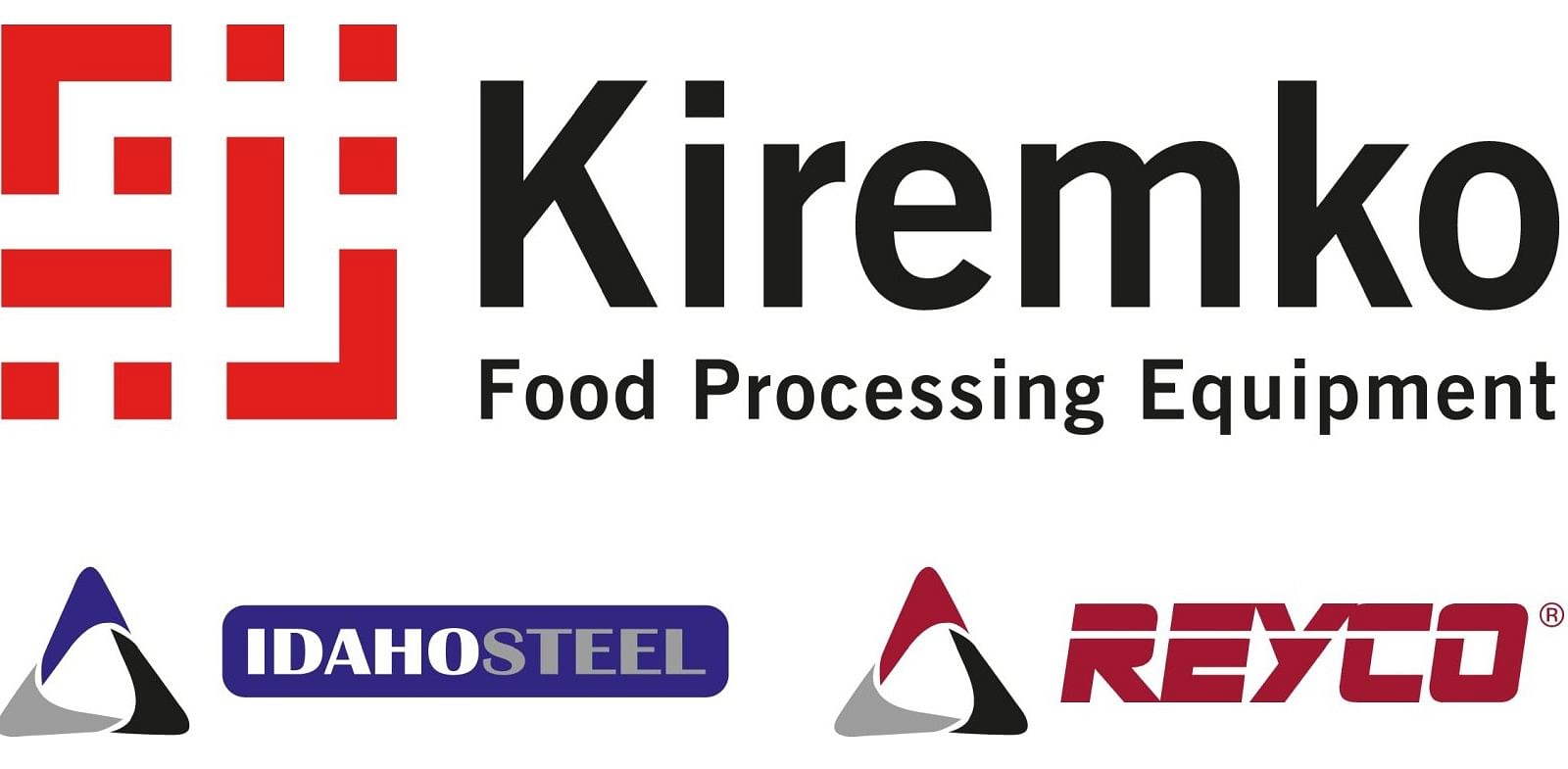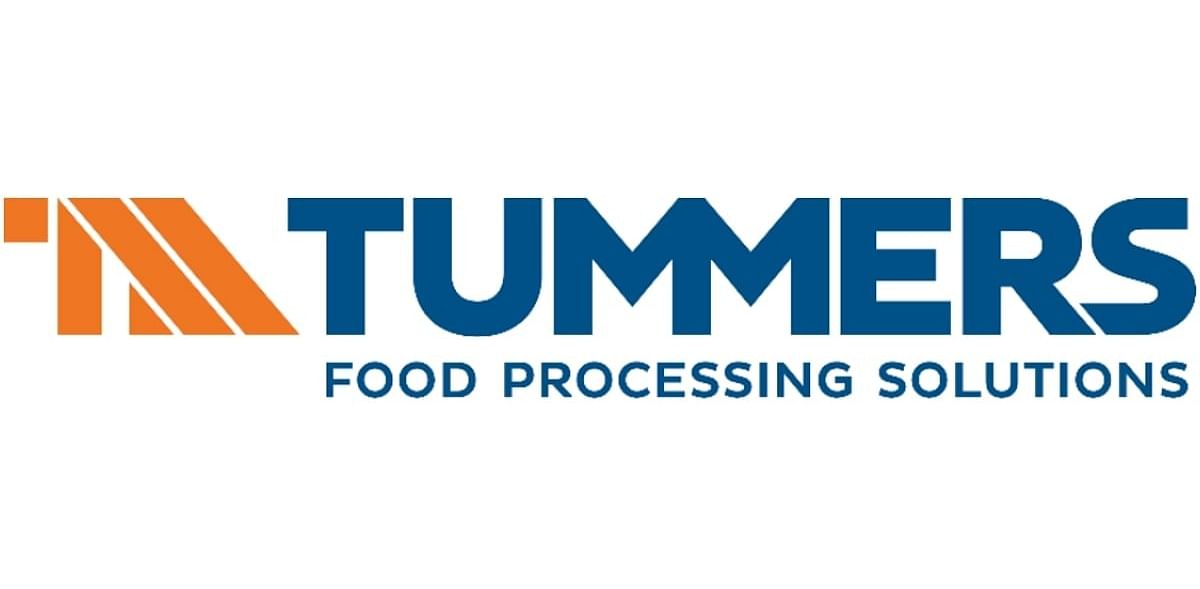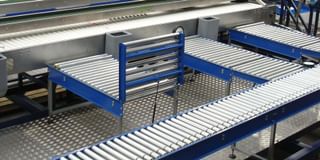Efficient conveying and handling systems are fundamental to modern potato processing, ensuring smooth, gentle, and hygienic transfer of potatoes through various stages—from harvest and washing to grading, cutting, frying, and packaging. The right equipment minimizes product damage, improves workflow, and integrates seamlessly with other processing machinery.
- Leren
- Apparatuur voor aardappelverwerking
- Apparatuur voor het...
Apparatuur voor het transporteren en behandelen van producten
In de categorie 'Apparatuur voor het transporteren en behandelen van producten' beschrijven we alle apparatuur die nodig is om product te transporteren in de aardappelfabriek (transportbanden, pompen) maar ook de machines die gebruikt worden voor het laden en inschuren op de boerderij.
Klik hier om uit te vouwen en meer te weten te komen!
Types of Conveyor
- Flat Belt Conveyors: Used for general transfer of potatoes between process points. Their flat surface is gentle on produce and easy to clean.
- Modular Belt Conveyors: Made from interlocking plastic segments, these are hygienic, easy to wash down, and ideal for environments with high sanitation requirements. They are commonly used for clean produce.
- Web Belt Conveyors: Feature open mesh construction, allowing dirt and water to fall through—ideal for wet or dirty conditions, such as post-washing or pre-grading.
- Troughed Belt Conveyors: Heavy-duty construction with rubber belts, suitable for high-throughput and areas with significant dirt. The trough shape helps contain and protect the potatoes during movement.
- Incline Conveyors: Designed to move potatoes vertically or at an angle, often with cleated belts to prevent rollback. Adjustable speed and belt tension ensure smooth and damage-free transfer between levels or equipment.
- Roller Conveyors: Used for singulating and rotating potatoes, making them ideal before electronic graders or inspection stations. They optimize grader efficiency and can be used for manual or automated inspection.
- Vibratory Conveyors: Use vibration to move potatoes gently and evenly. Their open, sanitary design makes them easy to clean and ideal for connecting key equipment such as peelers, sorters, blanchers, fryers, and packaging systems. They are valued for low maintenance and flexibility, and can be custom-designed for specific process needs.
- Flume Conveyors: Utilize water flow to transport potatoes, offering the gentlest handling with minimal mechanical damage. Flume systems can turn corners and navigate complex plant layouts without drops, making them cost-effective for delicate produce.
- Single Belt and Mobile Conveyors: Portable or single-layer conveyors are used in fields, warehouses, and processing plants for flexible, on-demand transfer. Features like adjustable height, speed, and mobile bases enhance adaptability and efficiency.
The Role of Conveying and Handling Equipment
- Gentle Handling: Equipment is designed to minimize bruising and mechanical damage, using features like rubber molds, buffer devices, and careful speed control.
- Hygienic Construction: Use of food-grade stainless steel and open designs for easy cleaning and compliance with food safety standards.
- Adjustable Operation: Speed, tension, and inclination can be customized to match product type and process requirements, ensuring optimal flow and minimal product loss.
- Integration and Automation: Conveyors are integrated with sensors, mass flow controllers, and gates for precise, automated product flow and distribution to multiple endpoints or processing lines.
- Safety and Maintenance: Features like emergency stop buttons, safety guards, and self-cleaning mechanisms reduce risks and downtime.
Benefits of Modern Potato Conveying Systems
- Increased Efficiency and Throughput: Modern conveying systems expedite the movement of potatoes through every stage of processing—sorting, washing, peeling, cutting, and packaging—significantly increasing productivity and reducing overall production time. Automated conveyors ensure a continuous, uninterrupted flow, eliminating bottlenecks and idle time, which leads to higher output and better utilization of processing equipment.
- Reduced Labor Costs and Manual Handling: Automation minimizes the need for manual lifting and handling, reducing labor requirements and associated costs. This not only lowers operational expenses but also addresses labor shortages and makes repetitive, physically demanding tasks safer and less strenuous for workers.
- Improved Product Quality and Reduced Damage: Modern conveyors are designed to handle potatoes gently, accommodating different shapes and sizes to minimize bruising and breakage during transfer. Smoother product transfer preserves the appearance and integrity of potatoes, which is crucial for consumer satisfaction and reduces waste from damaged goods.
- Enhanced Hygiene and Food Safety: Contemporary conveying systems are engineered for easy cleaning and sanitation, supporting strict hygiene standards in food processing. Features like stainless steel construction, self-cleaning mechanisms, and open designs help prevent contamination and make routine cleaning faster and more effective. This is vital for food safety and regulatory compliance.
- Greater Flexibility and Customization: Conveyors can be tailored with adjustable speeds, widths, and configurations to match specific processing needs, product types, and plant layouts. Modular and integrated systems allow processors to quickly adapt to changing market demands or new product lines.
- Improved Sustainability and Energy Efficiency: Advancements in conveyor technology have led to more energy-efficient designs, reducing electricity consumption and supporting sustainability goals. Lower power usage not only cuts costs but also helps processors meet environmental targets.
- Enhanced Control and Data Integration: Modern systems often include smart controls, sensors, and data logging capabilities, enabling real-time monitoring, precise flow control, and integration with other automated equipment. This supports better process optimization, predictive maintenance, and traceability.
"Conveying and handling equipment is the backbone of potato processing, offering a range of solutions from belt and vibratory conveyors to flume and roller systems each tailored for specific stages and requirements. These systems ensure gentle, efficient, and hygienic movement of potatoes, supporting product quality, operational efficiency, and food safety throughout the supply chain. ."
Explore Apparatuur voor het transporteren en behandelen van producten Producten

SB 151 Receiving hopper of 5–6 m³
De SB 151 is de kleinste stortbunker (5-6 m3 bunkerinhoud) uit het Dewulf-gamma, maar de machine is wel uitgerust met de belangrijkste kenmerken, zoals productvriendelijkheid. Deze stortbunker is de keuze van telers met een beperkt areaal.

SB 451 Receiving hopper of 10-12 m³
De SB 451 is een kleinere stortbunker met grote capaciteiten en heeft een bunkerinhoud van 10-12 m³. Deze productvriendelijke stortbunker is met verschillende combineerbare opties uit te voeren, zowel op het gebied van reiniging als sorteren.
Browse Companies Offering Apparatuur voor het transporteren en behandelen van producten

Kiremko Food Processing Equipment
Kiremko Food Processing Equipment is a global supplier of complete potato processing lines, as well stand alone equipment such as peelers, blanchers, dryers, and fryers.

Tummers Food Processing Solutions B.V.
Tummers Food Processing Solutions produces machinery for washing, peeling, (drum)drying, (hydro)cutting and potato processing lines.
Pompen en pompsystemen

Pompen en pompsystemen
Alle pompen en pompsystemen die gebruikt worden in de industriële verwerking van aardappelen. Pompen van irrigatiesystemen worden in de sectie irrigatie besproken
Meer informatie over Pompen en pompsystemen
Transportbanden en toebehoren

Transportbanden en toebehoren
Alle transportbanden voor potatoes, zowel in verwerking als op de boerderij bij het inschuren, inclusief benodigde accessoires en reserveonderdelen
Meer informatie over Transportbanden en toebehoren
Trilbanden

Trilbanden
Trilbanden en schudders worden veel toegepast in de aardappelverwerkende industrie voor het transporteren, sorteren en tijdelijk opslaan van zoutjes, chips en frites.
Meer informatie over Trilbanden
